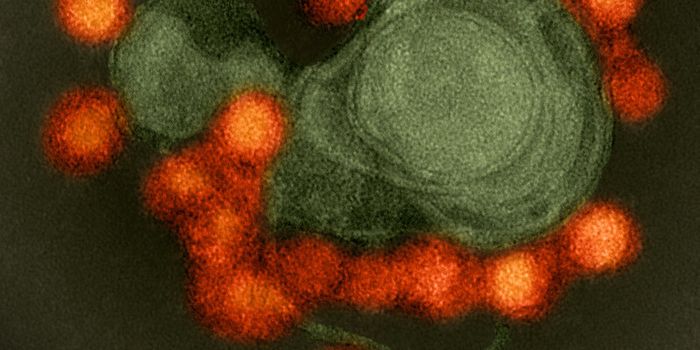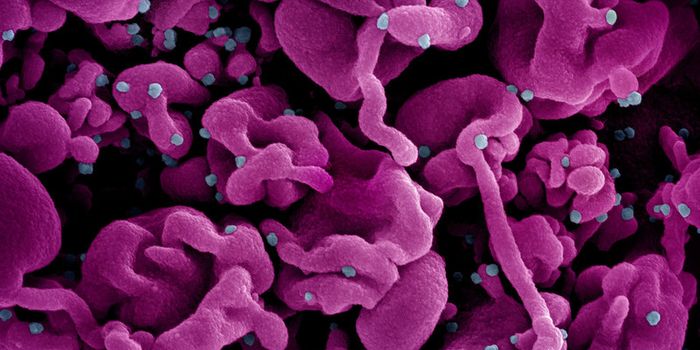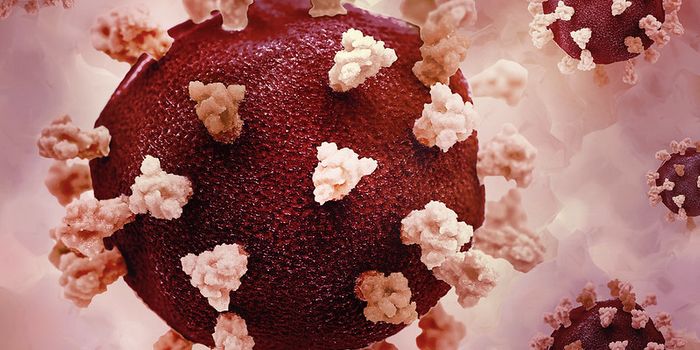A Bacterial Enzyme That Breaks Down Glyophosates is Discovered
A class of thousands of chemicals known as PFAS (for per- and poly-fluoroalkyl substances) was created in the 1930s by chemists at 3M and Dupont who were studying chemical reactions. They inadvertently generated a chemical in the testing chamber that could not be broken apart and powerfully repelled oil and water. This was the first PFAS known to man: PFOA (perfluorooctanoic acid), and it was commercialized as Teflon by Dupont after World War II. Other companies followed suit shortly after. For example, 3M engineered perfluorooctane sulfonate (PFOS), and marketed it as “Scotchgard.”
Only a short time later, many variations of these chemicals were appearing in a wide array of consumer products, like cooking tools, upholestery, cleaning products, and personal care products. Within a few more decades, research showed that these chemicals were very damaging to health. They appear to cause a wide range of problems in different organ systems and can cause some types of cancer, immunological dysfunction, developmental problems, reproductive difficulties, and liver or kidney damage. The production and use of these chemicals has set off a huge number of lawsuits, with settlements sometimes in the billions of dollars.
These chemicals are also found all over our environment now, including drinking water, and because of their tenacity, they're nearly impossible to break down. Some research has also suggested that we are even underestimating the detrimental impact they have on human health.
Scientists have now discovered a bacterial enzyme that works like a molecular nutcracker to break down these nasty forever chemicals. The findings have been reported in Nature Communications.
The enzyme is produced by E. coli bacteria, a gut microbe that is also often used in non-infectious forms in the laboratory. Called C-P lyase, this enzyme can degrade highly stable chemicals. In a new study, scientists used cryo-electron microscopy to capture the structure of the enzyme in its an open and closed conformations. This revealed that the microbe takes energy from a molecular fuel known as ATP to open and close the nutcracker.
"What we have discovered is extremely exciting because it shows how nature manages to utilize modules from other systems to achieve new functions," said first study author Søren Kirk Amstrup, PhD. "In this case, two similar, ATP-consuming modules, which are mostly known from transport proteins, have been put together to be able to open and close the enzyme."
Forever chemicals are trapped when the enzyme closes, and then degraded. The C-P lyase enzyme works specifically on chemicals called phosphonates, which can be used as pesticides or in certain cases, antibiotics.
More research will be needed to decipher the exact mechanisms that are at work. "We've been working on it for ten years and still don't understand everything that happens when the nutcracker closes, but we're well on our way and we'll probably get there," said study leader Professor Ditlev Egeskov Brodersen of Aarhus University. "It is incredibly fascinating" to gain insight into an ancient enzyme, and "we are the first to see" how it can work.
Sources: Aarhus University via Phys.org, Nature Communications
-
MAY 07, 2024Is It Anti-RNP or Anti-Sm/RNP?
- See More
-
APR 30, 2024Immuno-Oncology Virtual Event Series 2024
-
MAY 07, 20243rd International Biosecurity Virtual Symposium
-
MAY 23, 2024For the Love of Digital PCR 2024
- See More


















































